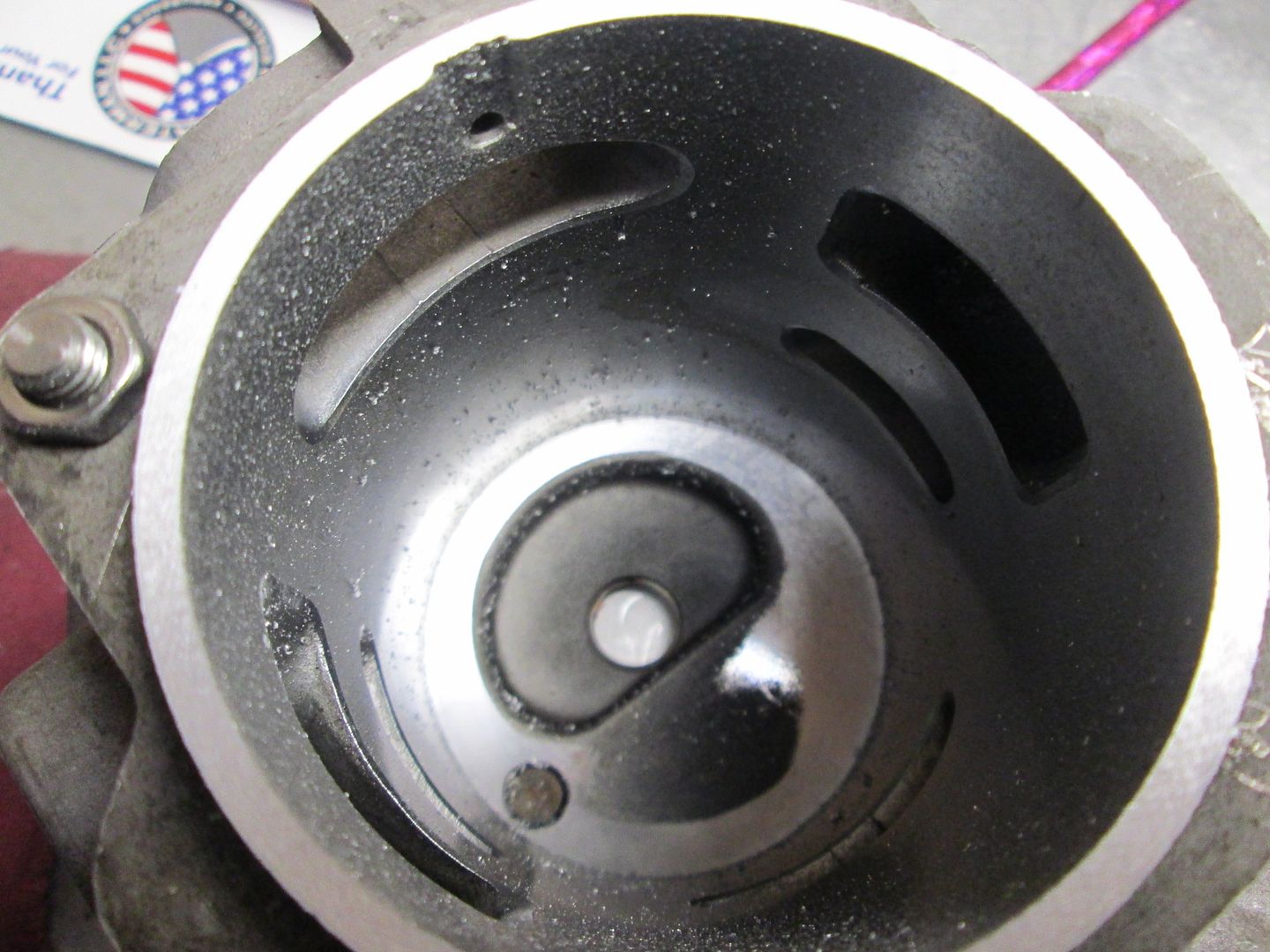woodworkingboy
TreeHouser
Yes, that's it, Cory. The base ideally needs to be square to the bore. The lathe is a pretty straight forward way to do it. Of course by doing that, it changes the timing numbers with regards to the exhaust, intake, and transfer openings in relation to the piston top dead center and bottom dead center in it's movement. In other words, the intake will be opening at a different point in the piston's travel, for example, and everything else opening and closing at a different point as well, which affects performance. Compression is only one part of the picture.






